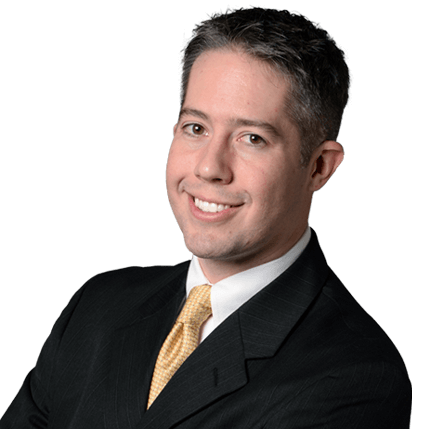Federal Circuit Cautions Not to Assume Claimed Inventions are Abstract
September 21, 2016
Hamilton Brook Smith Reynolds Alert
- Courts must be careful to avoid oversimplifying claims during Section 101 analysis
- Focus on how technological process is improved
The Federal Circuit recently provided additional guidance in McRO v. Bandai Namco, et al. regarding patentable subject matter analyses under 35 U.S.C. 101, finding that software-related claims of U.S. Patent Nos. 6,307,576 and 6,611,278 are patentable subject matter. Both patents share the same disclosure and are directed to automatically animating lip synchronization and facial expression of animated characters. The patented methods automate part of the animation of facial expressions having to do with speech by applying rules to determine the morph timing of the animation, resulting in a more realistic animation of speech. Claim 1 of U.S. Patent No. 6,307,576 is representative:
1. A method for automatically animating lip synchronization and facial expression of three-dimensional characters comprising:
- obtaining a first set of rules that define output morph weight set stream as a function of phoneme sequence and time of said phoneme sequence;
- obtaining a timed data file of phonemes having a plurality of sub-sequences;
- generating an intermediate stream of output morph weight sets and a plurality of transition parameters between two adjacent morph weight sets by evaluating said plurality of sub-sequences against said first set of rules;
- generating a final stream of output morph weight sets at a desired frame rate from said intermediate stream of output morph weight sets and said plurality of transition parameters; and
- applying said final stream of output morph weight sets to a sequence of animated characters to produce lip synchronization and facial expression control of said animated characters.
The District Court, in ruling the claims ineligible, characterized the claims as being drawn to the abstract idea of automated rules-based use of morph targets and delta sets for lip-synchronized three-dimensional animation. The Federal Circuit, on the other hand, realized that the claims are limited to rules that evaluate sub-sequences consisting of multiple sequential phonemes (a part of speech, e.g., “ahh”) and that such limitations were apparent on the face of the claims. The Federal Circuit then applied the two-step subject matter eligibility framework provided by the Supreme Court in Alice Corp. v. CLS Bank Int’l. The first step of the Alice test is to determine whether the claim at issue is directed to a judicial exception to patentable subject matter, such as an abstract idea. If the claims are directed to a judicial exception to patentable subject matter, it is then determined whether the claims contain an inventive concept sufficient to make the claim patent-eligible. The Federal Circuit criticized the District Court for oversimplifying the claims and cautioned that courts must be careful to avoid looking at them too generally and failing to account for the specific requirements of the claims. Instead, courts must look to the claims as an ordered combination without ignoring the requirements of the individual steps. The Federal Circuit stated that the claims set out meaningful requirements for the “first set of rules” and require “applying said first set of rules to each sub-sequence . . . of timed phonemes.” It is the specific, claimed features of these rules that allow for the improvement realized by the invention.
Further, the Defendants’ argued that the claimed invention simply uses a computer as a tool to automate conventional activity, which alone would typically render a claim ineligible as an abstract idea, but the Federal Circuit disagreed. While the claimed “rules” are embodied in computer software that is processed by a general-purpose computer, there was no evidence that the animation process previously used by animators is the same as the process required by the claims. The prior art activity, even if automated by a computer, would not be within the scope of the claims because it would not perform the specific claim limitations (e.g., evaluate sub-sequences, generate transition parameters, or apply transition parameters to create a final morph weight set). It is the incorporation of the claimed “rules” and related limitations, not the use of the computer, that improved the existing technological process by allowing the automation of further tasks.
Properly taking into consideration the claims as a whole, with all of the specific limitations, the Federal Circuit ruled that the claims are not directed to an abstract idea. The claims did not even trigger the second part of the Alice test and are, thus, patent eligible.




